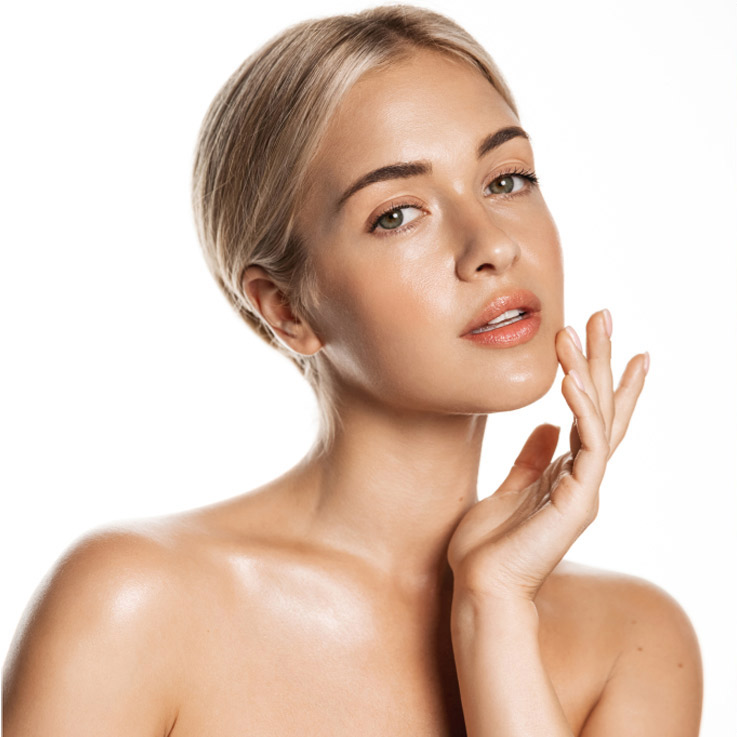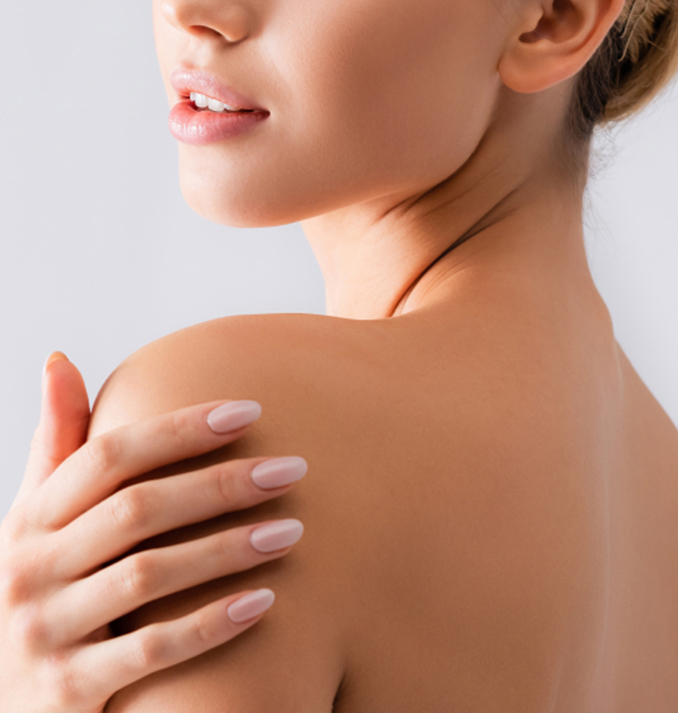Acne vulgaris is one of the most common skin diseases and is a chronic inflammatory disease of the pilosebaceous unit that affects seborrheic areas such as the face, back and chest.
It is characterized by comedones, papules, pustules, cysts, nodules and cicatricial lesions. The incidence of the disease in adolescence is 90%. However, studies conducted in recent years show that the incidence of the disease increases after adolescence, especially in female patients.
Follicular hyperkeratinization, increased sebum production, increased colonization of Propionibacterium acnes and periglandular dermal inflammation are responsible for the pathogenesis of acne formation.
 Institutional
Institutional
 Clinical Dermatology
Clinical Dermatology
Acne / Atopic Dermatitis / Skin Dryness / Skin Cancers / Eczema / Genital Wart / Lichen Planus / Fungal Diseases / Molluscum Contagiosum / Psoriasis Vulgaris (Psoriasis) / Rosacea (Percent Rose Disease) / Hair Loss / Seborrheic Dermatitis / Wart / Pale / Vitiligo / Shingles /
 Cosmetic Dermatology
Cosmetic Dermatology
Fotona SmoothEye / Scarlet X / Botox / Dermapen / Filling / Excessive Sweating (Hyperhidrosis) / Aqua Peel 2.0 / Carbon Peeling / Chemical Peel / Spot Treatment / Mesotherapy / PRP / Ultraformer 3 / Cosmelan / Dermamelan / Observe / Regenera Activa / Fotona SP DYNAMIS / Body Shaping / Magellan Tru PRP / Nd:YAG Laser Hair Removal / Alexandrite Laser Hair Removal / Baby Face Ultra/LaseMD Ultra / Tricopat /
 Pediatric Dermatology
Pediatric Dermatology
Diaper Eczema / Herpes Infection / Impetigo / Keratosis / Molluscum Contagiosum / Pediatric Acne / Wart Child / Vitiligo Child / Hair Loss / Hydrafacial 2 / Fotona SP DYNAMIS /
 Blog
Blog
 Communication
Communication










